Dr. Raul Camposano, CEO of Nimbic talked with me on Wednesday at DAC to provide an update on what’s new with their electromagnetic simulation tools.… Read More
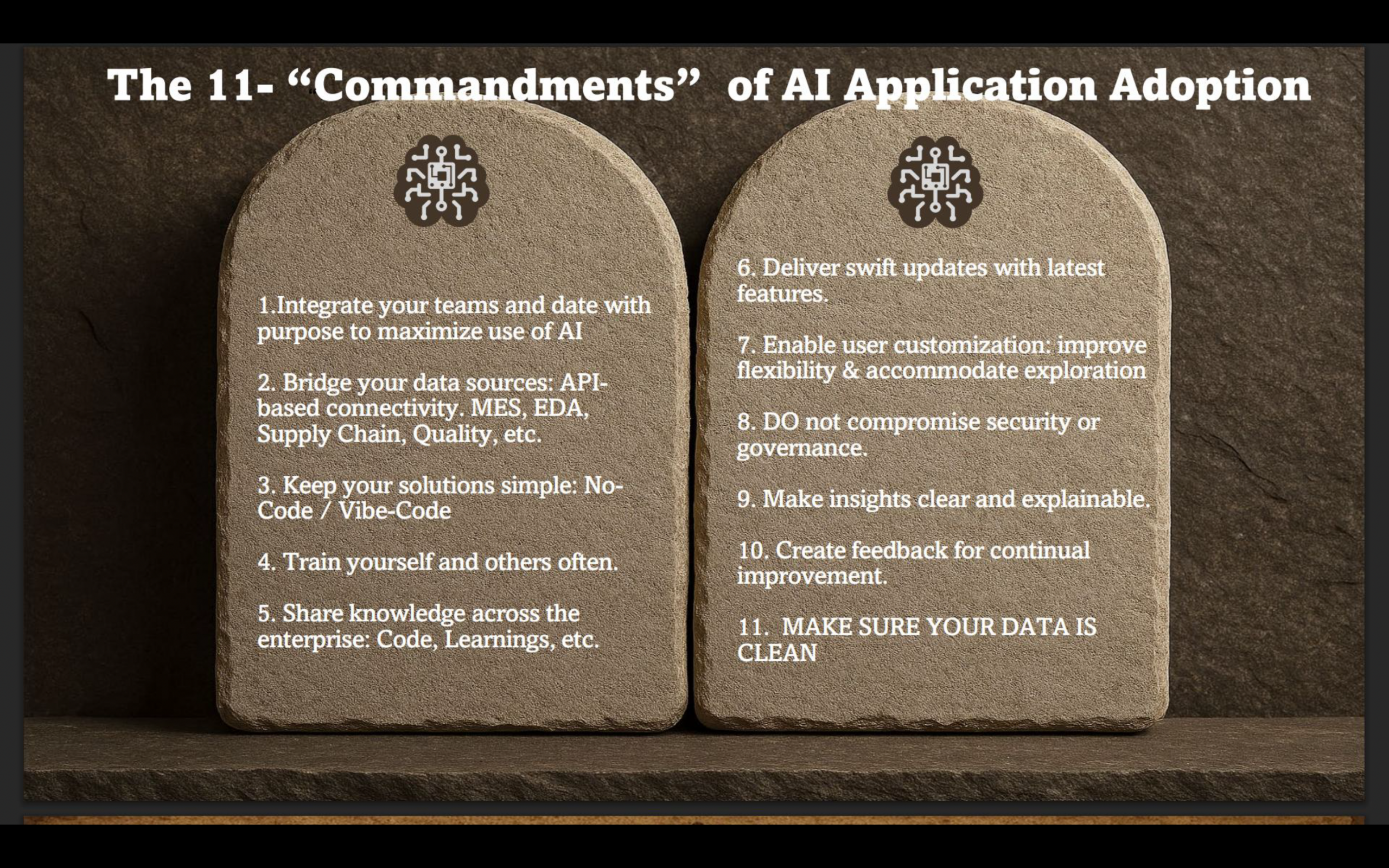 PDF Solutions' AI-Driven Collaboration & Smarter DecisionsWhen most people hear the term PDF, they…Read More
PDF Solutions' AI-Driven Collaboration & Smarter DecisionsWhen most people hear the term PDF, they…Read More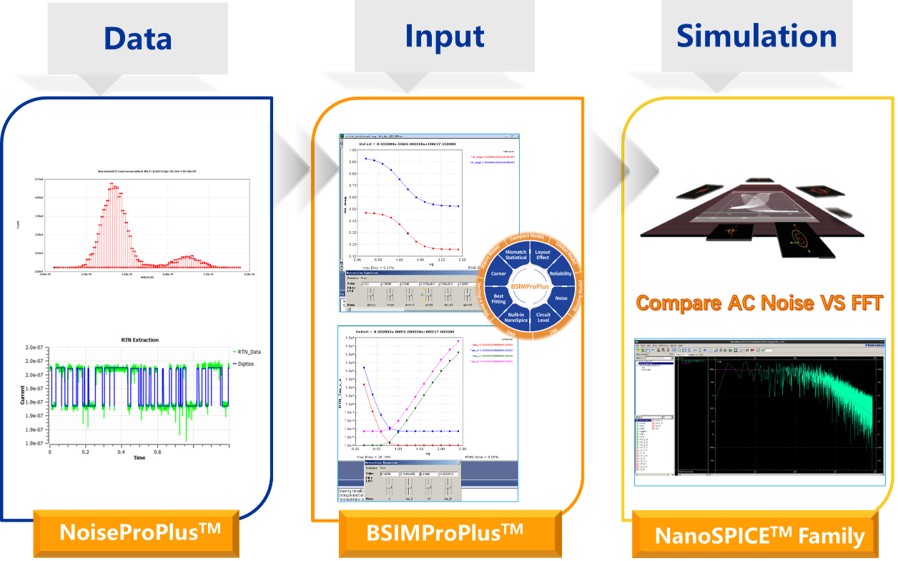 Bringing Low-Frequency Noise into FocusKey takeaways The challenge of acquiring high-quality, reproducible…Read More
Bringing Low-Frequency Noise into FocusKey takeaways The challenge of acquiring high-quality, reproducible…Read More A Brief History of TSMC Through 2025Taiwan Semiconductor Manufacturing Company, the world's largest dedicated…Read More
A Brief History of TSMC Through 2025Taiwan Semiconductor Manufacturing Company, the world's largest dedicated…Read More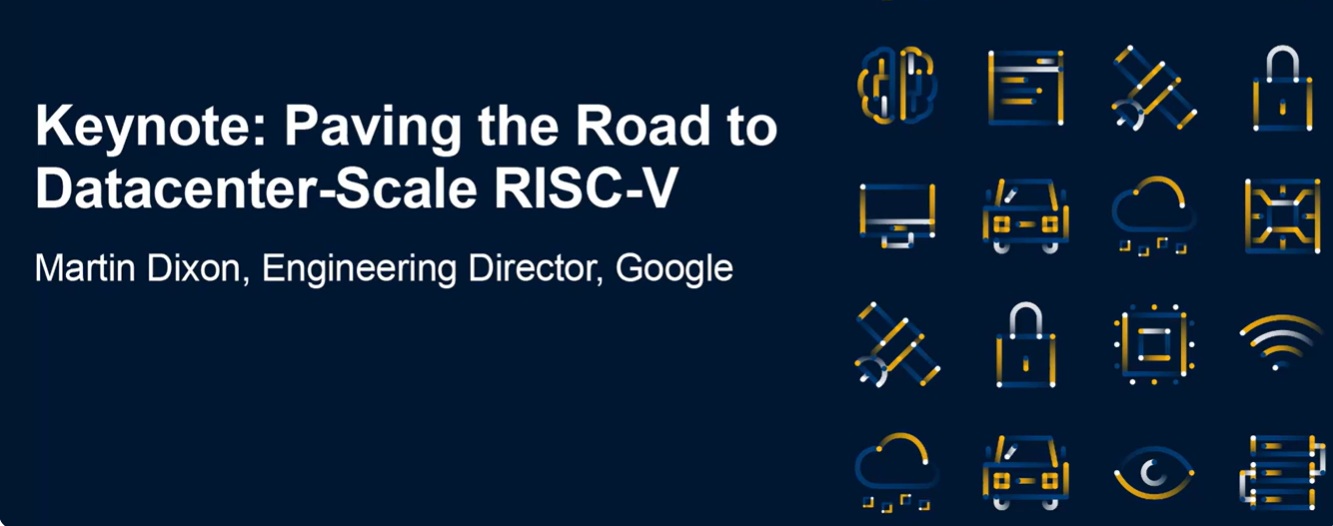 Google's Road Trip to RISC-V at Warehouse Scale: Insights from Google's Martin DixonIn a engaging presentation at a recent RISC-V…Read More
Google's Road Trip to RISC-V at Warehouse Scale: Insights from Google's Martin DixonIn a engaging presentation at a recent RISC-V…Read More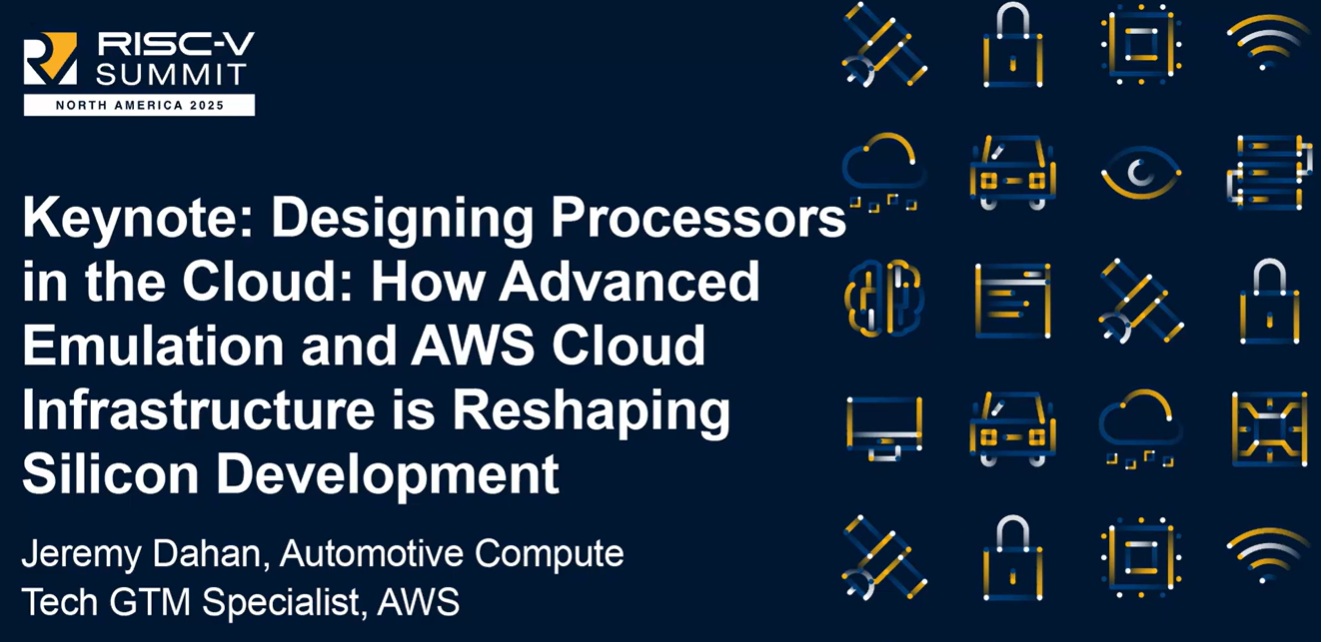 Bridging Embedded and Cloud Worlds: AWS Solutions for RISC-V DevelopmentIn a compelling keynote at the RISC-V Summit…Read More
Bridging Embedded and Cloud Worlds: AWS Solutions for RISC-V DevelopmentIn a compelling keynote at the RISC-V Summit…Read MoreDesignSync update from Dassault Systems at DAC
At DAC on Wednesday Rick Stanton of Dassault Systems gave me an update on what’s new with DesignSync, a design data management tool offered since 1998. Rick and I both worked at Viewlogic in the 90’s along with Dennis Harmon who then founded Synchronicity, later acquired by Dassault Systems.… Read More
Webinar: how to reduce mobile device cost and board space with LLI
LLI Specification has been officially released by the MIPI Alliance, at the occasion of the Mobile World Congress in Barcelona, this year. As indicated by the name, the round-trip latency of the LLI inter-chip connection is fast enough for a mobile phone modem to share an application processor’s memory while maintaining… Read More
Laker IC Layout Update at DAC
Taiwan’s most famous EDA company is SpringSoft so on Wednesday at DAC I met wtih Dave Reed, Director of Marketing to get an update on what’s new with their IC layout tools.… Read More
Designing a Wafer-Scale Image Sensor for use in X-Rays
At Intel we mused about designing wafer-scale integration (WSI) back in the 70’s however I just learned about how Dr.Renato Turchetta at the Science and Technology Facilities Council (STFC) designed a wafer-scale imaging sensor chip for X-Ray applications. I was also able to interview Dr. Turchetta to learn more about… Read More
Will Microsoft Go Thermonuclear?
Microsoft is in trouble. Many of you already know that. Steve Ballmer has one last opportunity to set the company on a growth path or they will retreat into IBM legacy mode… ala the post 1990s Lou Gerstner era. And so they introduce a large tablet-convertible in direct competition with their PC partners Dell and HP. The End Game is coming… Read More
EDA Tools to Optimize Memory Design
I met with Amit Gupta, President and CEO of Solido at DAC on Tuesday to get an update on their EDA tools used in the design of memory, standard cells and low-power. In 2012 they’ve expanded to add three new software packages: Memory, Standard Cell, Low Power. They must be doing something right because at DAC this year I see more… Read More
IC Cell Library Characterization at DAC
Edmond Macaluso, President of Z-Circuit Automation met with me at DAC on Tuesday afternoon to provide an overview of how their EDA tools characterize cell libraries. … Read More
Mike Muller’s ARM Keynote at DAC 2012
Mike Muller’s keynote focused on a lot of changes since the ARM1 was designed in 1983 when ARM the company did not exist and ARM was the next generation processor for Acorn Computer, which was really in the hobby market and had its first boost when they had a contract to design the BBC Microcomputer to go along with a computer literacy… Read More
Off topic: Matt
This has pretty much nothing to do with EDA or semiconductor. OK, absolutely nothing. Years ago a friend pointed me at a video of a guy who used to be a video game designer (wait, a semiconductor connection) who decided to take his savings and travel the world. As he put it, “I wasn’t a very good video game designer. But I … Read More


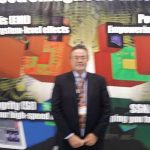
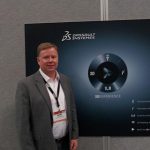
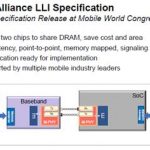
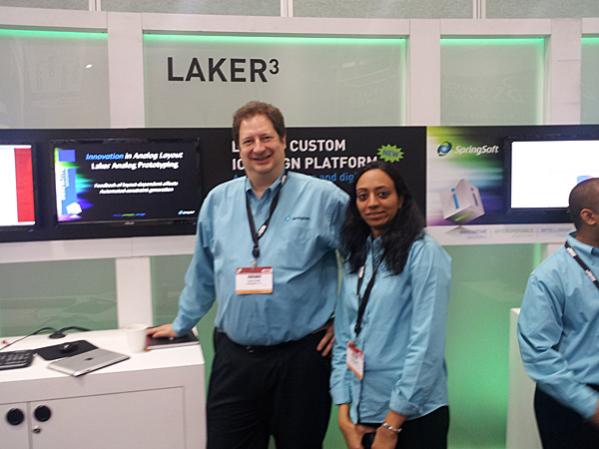

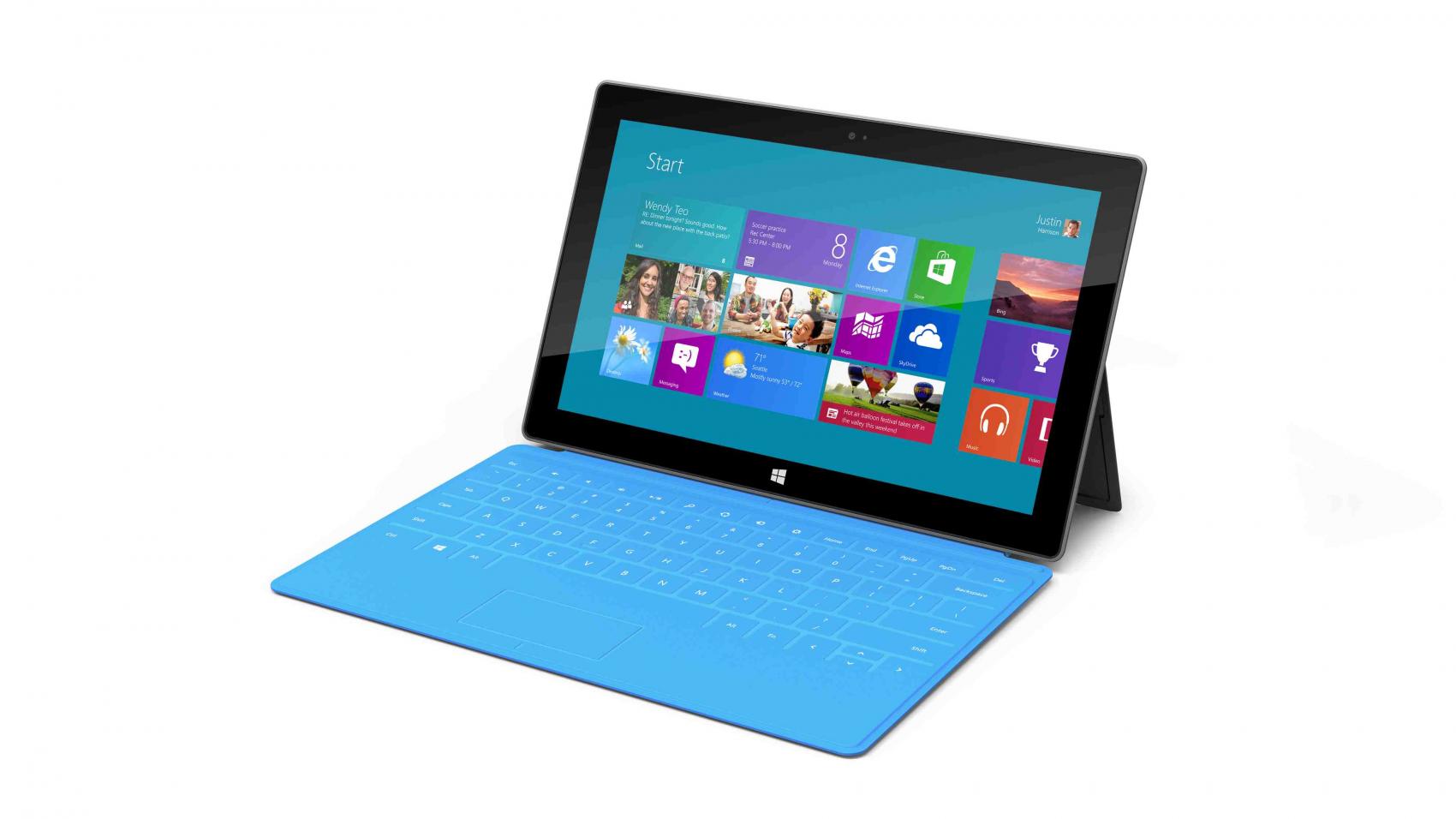
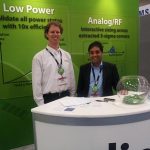
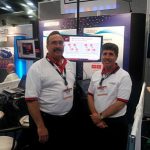
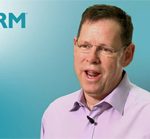

Quantum Computing Technologies and Challenges